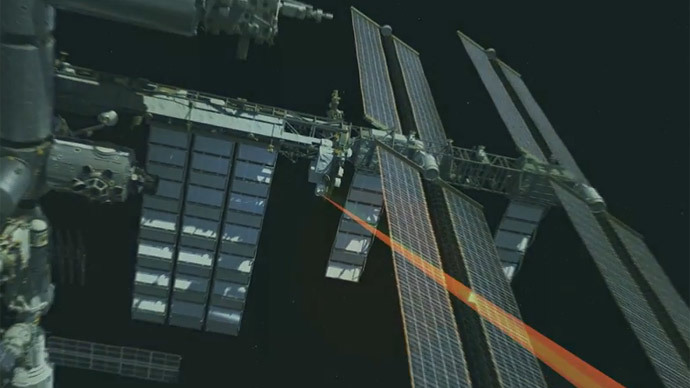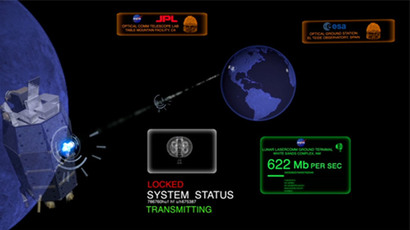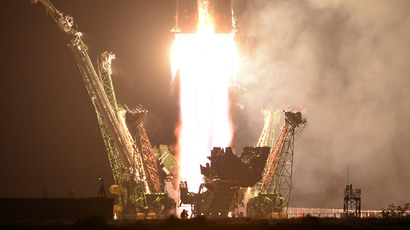‘Hello world!’ NASA beams video from ISS to Earth by laser (VIDEO)

US-based space agency NASA has managed to beam a HD video from the International Space Station to Earth using a new laser communications device. The ‘Hello World’ video was the first ever to “travel” via this technology.
The technology used was the Optical Payload for Lasercomm Science (OPALS). It took OPALS 3.5 seconds to transmit the “Hello World!” video – the process would have taken more than 10 minutes to complete using the more traditional downlink process.
“It's incredible to see this magnificent beam of light
arriving from our tiny payload on the space station,” said
Matt Abrahamson, OPALS mission manager at NASA's Jet Propulsion
Laboratory (JPL) in Pasadena, California, reported a statement
published on the NASA website.
The 175-megabit video transmission happened for the first time on
Thursday and has been likened to the upgrade from dial-up to DSL.
Because of the speed at which the space station moves through the
sky - 17,500 mph - the precision of the laser needs to be
immaculate.
NASA likens the task to “aiming a laser pointer at the end of
a human hair 30 feet away and keeping it there while
walking.”
The method could change the future of communication in deep-space
missions.
“The International Space Station is a test bed for a host of
technologies that are helping us increase our knowledge of how we
operate in space and enable us to explore even farther into the
solar system,” Sam Scimemi, International Space Station
division director at NASA Headquarters in Washington stated.
“Using the space station to investigate ways we can improve
communication rates with spacecraft beyond low-Earth orbit is
another example of how the orbital complex serves as a stepping
stone to human deep space exploration,” he added.














